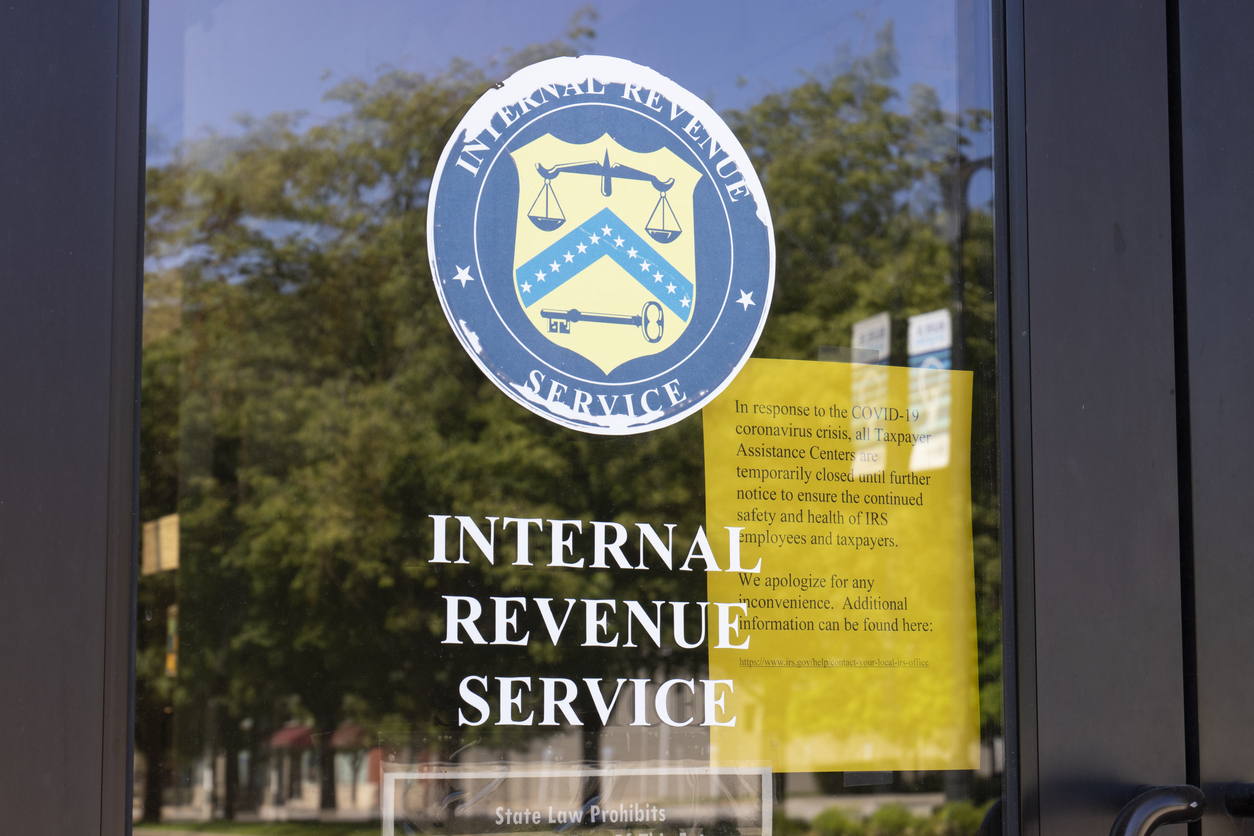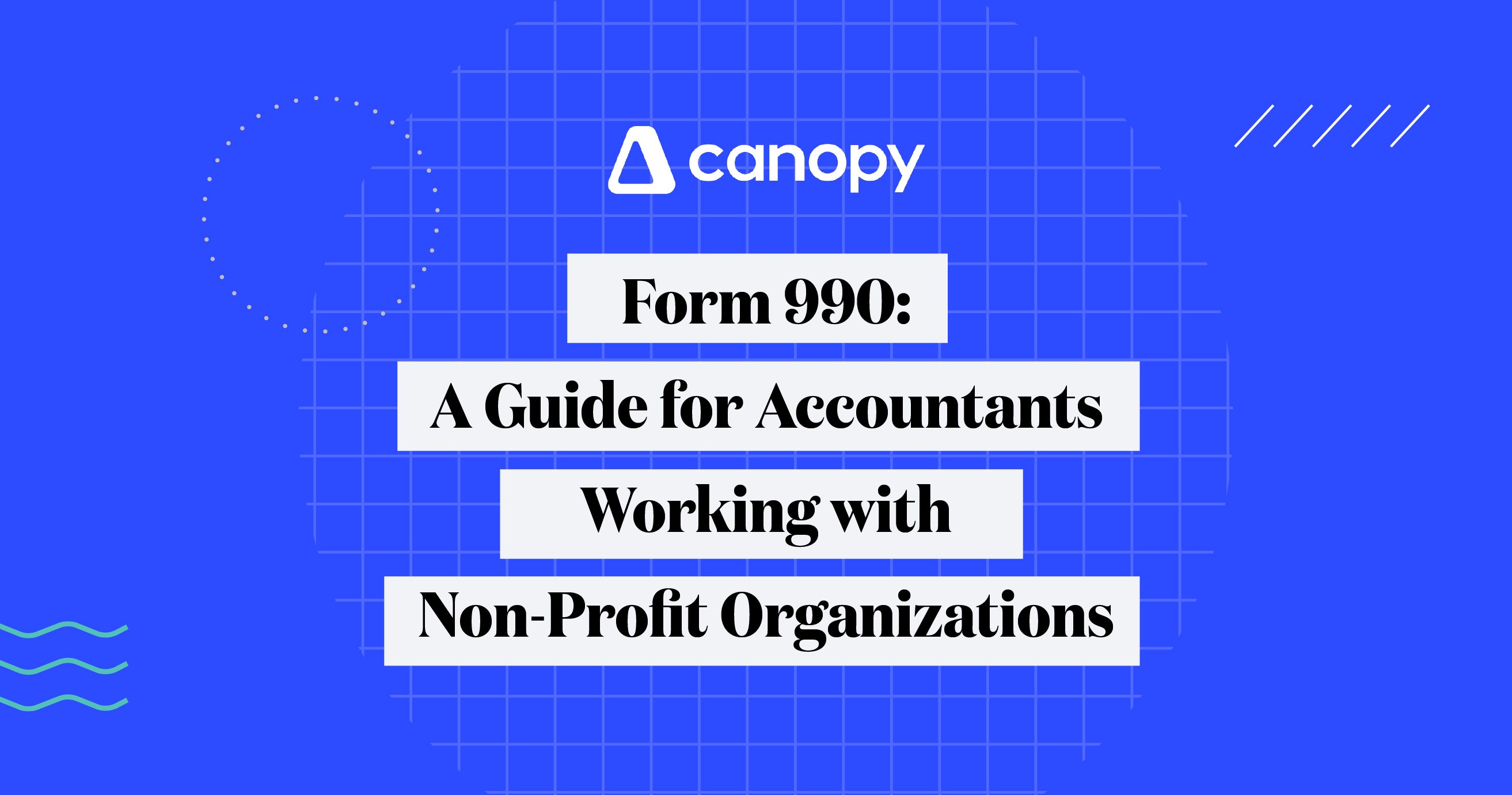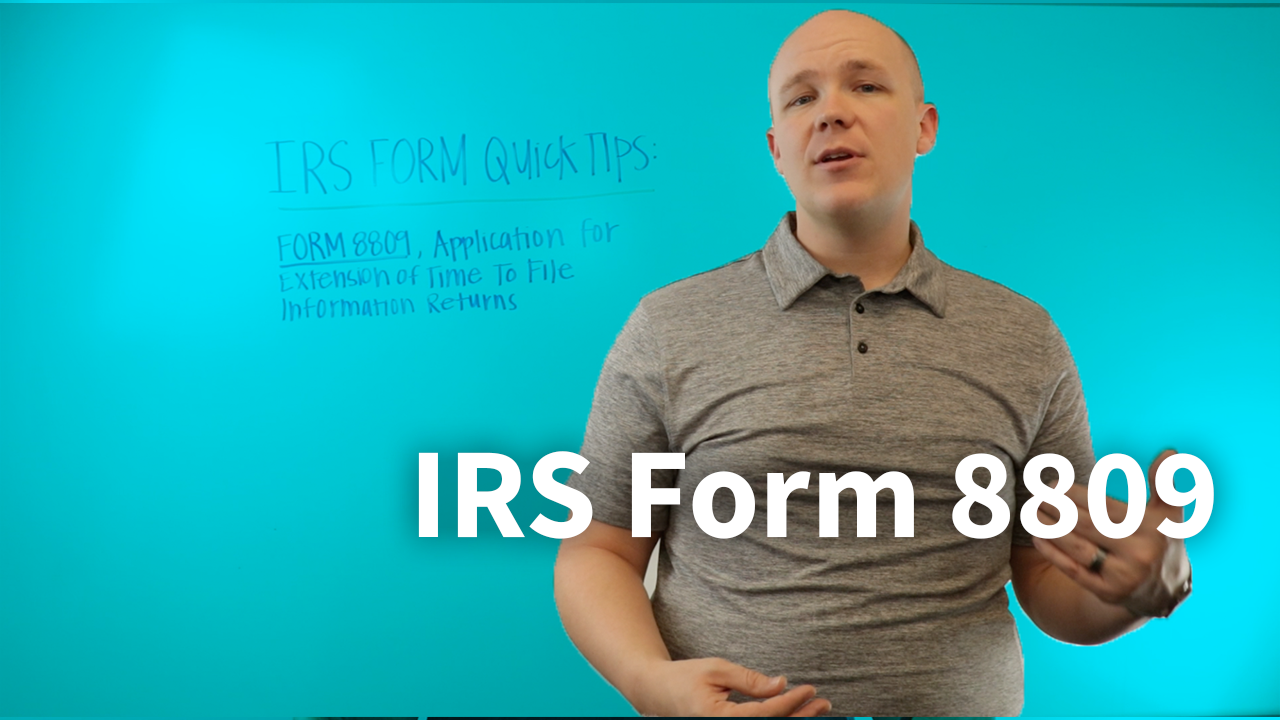My client received a deficiency notice from the IRS saying that they received 1099K that was not reported on their 2019 tax return.
The IRS after 10 months received our prior year tax returns. We mailed an amended return several months ago (8 months ago) but the IRS says not yet received. They keep sending notices with the wrong tax amount due based on the older return.
I e-filed my taxes and just found letter 6419 was inaccurate. What do I need to do? Do I need to file an amended return?
These are just a few of the thousands of questions people have asked TaxMama® since the IRS closed their offices in early 2020 due to COVID-19 and sent their staff to work from home—for everyone’s safety.
Collections, examinations, and appeals officers go into the office, perhaps once a week, to get paperwork you send in. If you don’t already know how to reach these people, or their supervisors, it’s practically impossible to get a call back.
Reality check
As a result, the IRS still has not processed millions of paper documents—that includes tax returns, amended returns, payments by check, responses to notices, and anything else that was not electronically transmitted. All of those pieces of paper have to be scanned by a person and attached to a taxpayer’s tax file.
In addition, Congress tasked the IRS with sending out millions of payments to taxpayers in three or four waves of distributions—three stimulus payments, one series of Advance Child Tax Credit Payments, unemployment refunds and Premium Tax Penalty refunds. The IRS was never designed to send out millions of checks before tax returns were filed. This process is fraught with missing payments and the wrong people receiving payments.

To make it even more difficult, Congress passed laws retroactively, making some of the unemployment income tax-free, and eliminating the penalty for Premium Tax Penalty for marketplace insurance. In an unusual move, again, they tasked the IRS to issue refunds to taxpayers who already filed and paid these taxes and penalties.
The two years since this started has placed an unprecedented burden on the operations of the IRS.
I am outlining these facts so you can get a picture of the obstacles you face, when trying to reach the IRS—and why it’s harder than ever to get anything accomplished.
Potential solutions
In order to deal with a problem, it’s important to get past the complaining stage and to understand the reality of the situation we all face. A coalition of tax professional organizations has reached out to the U.S. Treasury, the IRS and both houses of Congress asking for relief for taxpayers.
And so, the good news. In response, the IRS recently announced that they will temporarily suspend the automated collections notice system—until they finish processing that mountain of paper. This system has been spewing out a timed series of ever-more threatening past-due notices to people who don’t actually owe money. (When the IRS hasn’t processed a taxpayer’s payments or paper correspondence, the computer doesn’t know that the taxpayer doesn’t owe the IRS money.)
What do you do if you don’t owe money to the IRS? Visit this announcement page. If you are getting one of the notices listed at the bottom of that page, do nothing for now. If you keep getting them, try to reach the IRS immediately.
More good news. The IRS has expanded the services and access that they provide into the cloud. Shortly after the pandemic started, the IRS appointed a team to expand digitalization and modernize systems, including customer-centered services. So, instead of calling the IRS and sitting on hold, you have more self-service tools and apps - and more information in your own online accounts.
What do you do if you DO owe money to the IRS? If you know you have a balance due, and the notice is correct, take steps to pay in full, to set up a payment plan, or file for other IRS relief.
The most powerful thing you can do for yourself is to learn how to log into your IRS Taxpayer account. It will give you access to your tax history, transcripts and balances due.
Or you can use the IRS2Go app to check your refund status, make a payment, find free tax preparation assistance and sign up for helpful tax tips in English and Spanish.
Here's the steps you should take if you owe the IRS money:
-
-
- First, try to pay your balance due electronically. The IRS has many ways to do this—whether from your bank account, or via credit cards. Currently, when you send in a paper check, you are causing your own problems and delays.
- If you cannot pay, you can set up a payment plan online for most balances due. (Note: setting up a payment plan can often be used to help you stop a levy—IF you tell the IRS you are doing this.)
- To see if you qualify for an Offer in Compromise, use this tool.
-
-
-
- Missing IRS Stimulus or Advance Child Tax Credit payments?
You will need the IRS to trace the payment to see who received it, or where it was deposited. They have an entire explanation here on how to run a trace using Form 3911. But now, it’s a slow process. - WARNING: There are several collections scams out there. Never provide any personal or identifying information to someone calling you on the phone. Don’t send them money. Don’t let your elderly clients get victimized—they are very vulnerable. Visit the IRS Scams page to see if the contact is a scam.
- Missing IRS Stimulus or Advance Child Tax Credit payments?
-

Do not contact the Taxpayer Advocate Service unless you are facing an emergency—like the IRS is cleaning out your bank account and you cannot pay your rent or your mortgage. They have already given up on trying to track down refunds that are still missing after 10 months. *Sigh.*
Most current IRS information
When things are really frustrating and you don’t know what the IRS’s policy or procedure is under the current conditions, here are two extremely useful pages to visit:
-
-
- This new page that will keep you up-to-date on current 2022 filing season changes and improvements as they are announced.
- IRS Operations During COVID-19: Mission-critical functions continue.
This page was started in 2020 and the IRS identifies the date that each FAQ was changed.
-
Practical advice
If you have any open issues, erroneous 1099s or W-2s, missing payments, disputes about “who gets the dependent,” just put the IRS and state tax return on extension (Form 4868). Being on extension gives you an entire six months to resolve the issues – and possibly to take some extra steps to reduce (or correct) your tax balance. In fact, if you have already filed your tax return and there were errors you want to fix, filing an extension can give you the extra time to correct certain things by making it possible for you to file a superseded return (a whole other topic).
Let me leave you with a special tip: Whenever you use (and rely) on any information or FAQ on the IRS website, print out that page—and show the date you printed it. Save that with your tax file (or client file). Why? The information might change two days later, and without that printout, you won’t be able to prove why you took that position.
Good luck and I hope you have a smooth tax season!
Looking for more blog posts about the accounting industry? Be sure to subscribe to our email newsletter.

Eva Rosenberg, MBA, EA, known as the Internet’s TaxMama®, publishes the popular TaxMama.com website, cited by Consumer Reports magazine as a top tax advice site, and a LIFE Magazine Editor’s Pick.
READ MORE BY Eva






Get Our Latest Updates and News by Subscribing.
Join our email list for offers, and industry leading articles and content.